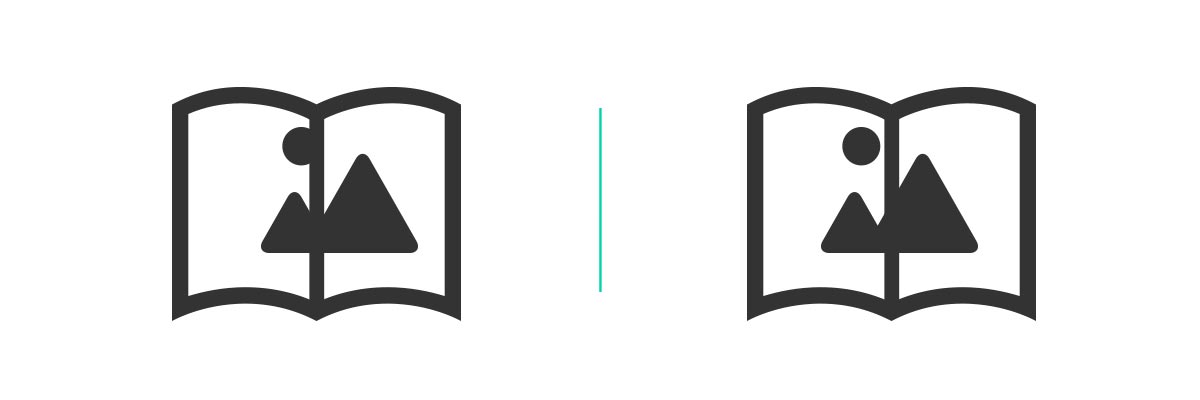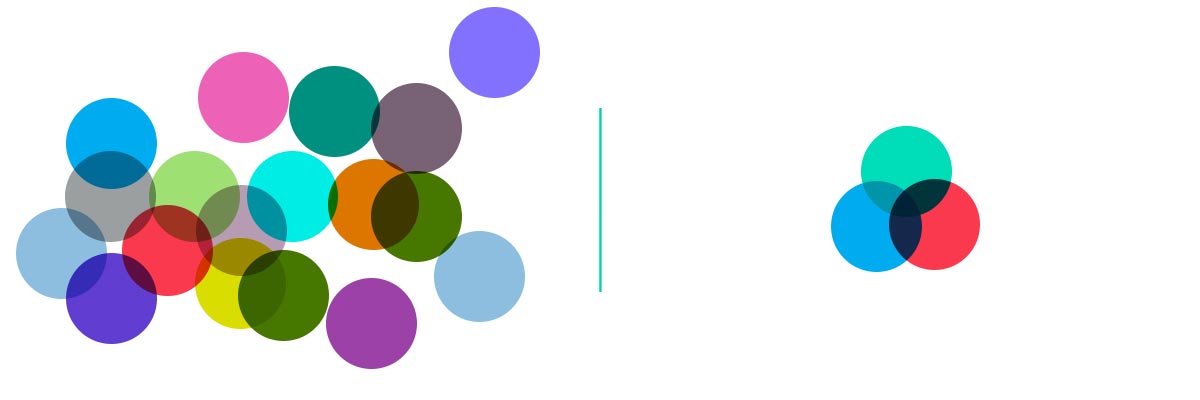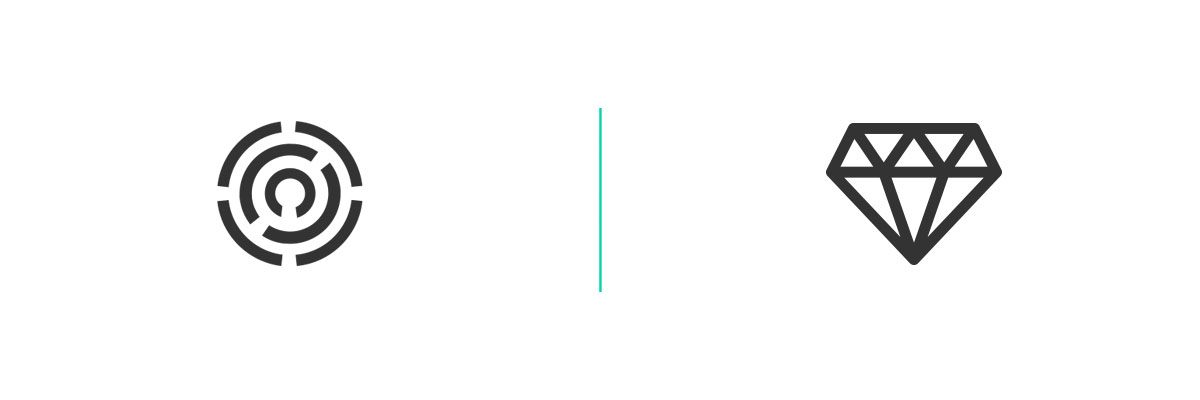6 Ways to Choose Images for Your Book
An image is worth a thousand words. And in the land of emojis, your audience might not be patient enough to pay attention to what you have to say. That’s why choosing the right book images to tell your story is so important.
As you might know, it’s highly recommended to place all the graphics you are planning to use into one source folder in your computer before making a book. It’s also important to rename them so the first few characters of your file are numerical (eg. 001_PhotoDescription.jpg). This allows you to easily view your graphics in the order you’d like them in your book. The benefit of grouping your photos is that you’ll start to get a feel of your book’s story before even laying down a pixel in Adobe InDesign or Blurb BookWright (our favorite book-making tools and apps).
Keep these book design tips in mind when choosing your images:
1. Go Big or Go Home
Not only should your photos be big enough to be printed (300DPI is the usual resolution for books), but they should also have a point of view. If you have 20 photos of the same thing, then just use one of that set instead of putting off your audience with all of the photos from that set. Edit the redundant ones out.

2. Portrait vs Landscape
Landscape images are fantastic for end sheets, the beginning of a chapter or to introduce a concept. Think of TIME Magazine’s articles and how most of them start with a beautiful landscape image, followed by smaller images that portray supportive information. Portrait orientation is also great for, well, you guessed it, portraits! Nothing says “focus” like framing a person or animal this way. With the rise of Instagram though, we’ve seen an increase of portrait images cropped into squares before being shared with the world.

3. Less is More
Rather than cramming multiple photos into one spread, think of the least amount of photos you can get away with. The best spreads have a minimal amount of photos, so unless you have a particular reason to do so, the recommendation is to include 1 to 3 images per spread. This also applies to images in a book. If your original source folder has more than 100 photos, chances are you have one too many.

4. Mind the Gutter
Traditionally, an image that extends over two pages and across the gutters is known as a double truck. These full-bleed layouts are highly impactful but sometimes find themselves being implemented erroneously. You have to make sure your point of interest is not located in the very middle of the spread. A centered focus can cause the loss of half of your subject’s face to the book’s binding.

5. Match the Mood
Color and consistency is key to your book’s identity. If one photo looks like it was taken with a Mark iii, while the next photo looks like it was taken with an iPhone 4, you will have a crisis of identity with a less than desirable result. Whatever tone and color palette you choose, keep it contained and well balanced. Also, don’t forget to use photo editing tools such as Photoshop or Lightroom. They are there to help you bring that sense of visual unity to the next level.

6. Send in the Pros
Bringing in a pro to help with your cover design is a great idea if you’re planning on selling your book. The average consumer spends around 8 seconds looking at the front cover of a book and 15 seconds studying the back cover before making a buying decision. Show the book cover design to your friends and compare it also with other book covers within your genre; chances are you will benefit from being similar to your competition. Remember, your cover is not about you being original, it’s about helping your audience find you.

As usual, these recommendations are not set in stone, and you can follow your own path when choosing the photos that will populate the pages of your next book. However, one thing is for sure: Storytelling is at the heart of your book, and no matter what your subject might be, originality is not as important as being open with your content. Most stories have been told before, but the ones that are told from the heart are told best.


This post doesn't have any comment. Be the first one!